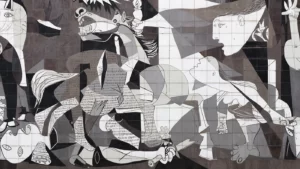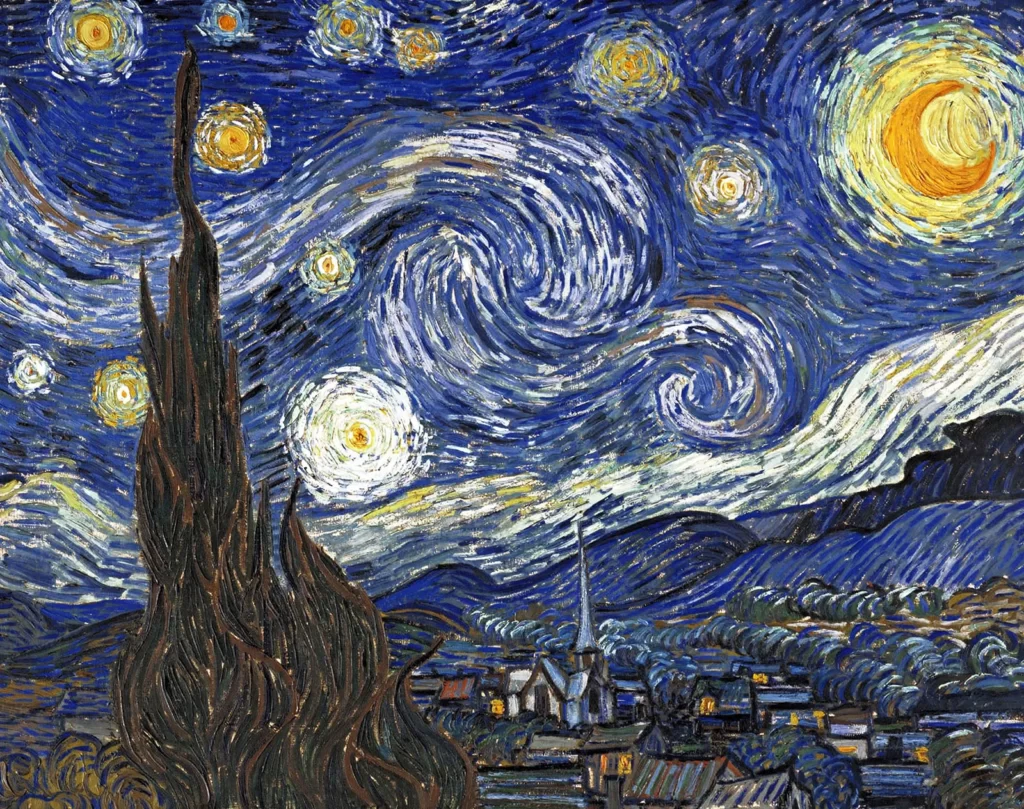Photo: Phil Bliss/theispot.com
By José Carlos Palma*
What is the Purpose of Art?
Art is one of the most fundamental and enduring aspects of human culture. From the earliest cave paintings to the latest contemporary masterpieces, art has been a way for humans to express themselves, communicate with others, and explore the world around them.
But what is the purpose of art? What does it achieve? While there is no one answer to this question, there are a number of possible purposes that art can serve.
Art as Expression
One of the primary purposes of art is expression. Art allows us to express our emotions, thoughts, and ideas in a way that is not possible through language alone. Art can be used to express joy, sadness, anger, love, and everything in between.

“The Scream” by Edvard Munch
For example, the painting “The Scream” by Edvard Munch is a powerful expression of anxiety and despair. The painting shows a figure with a distorted face and open mouth screaming into the void. The painting has been interpreted as a reflection of Munch’s own personal struggles with mental illness, but it also resonates with a universal sense of human anguish.
Art as Communication
Art can also be used to communicate with others. Art can be used to tell stories, share experiences, and convey ideas. Art can also be used to build bridges between cultures and to promote understanding and empathy.

“Guernica” by Pablo Picasso
For example, the painting “Guernica” by Pablo Picasso is a powerful indictment of the brutality of war. The painting depicts the bombing of the Basque town of Guernica by German and Italian forces during the Spanish Civil War. The painting is a poignant reminder of the human cost of war, and it continues to resonate with people around the world today.
Art as Exploration

Art can also be used to explore the world around us. Art can be used to investigate different ideas and perspectives and to challenge our assumptions about the world. Art can also be used to create new worlds and to imagine new possibilities.
For example, the novel “One Hundred Years of Solitude” by Gabriel García Márquez is a magical realist exploration of love, loss, and identity. The novel tells the story of the Buendía family over the course of a hundred years, and it blends elements of realism and fantasy to create a unique and unforgettable world.
Art as Transformation
Finally, art can also be used to transform us. Art can help us to see the world in new ways, to understand ourselves better, and to grow as individuals. Art can also inspire us to take action and make the world a better place.

Nina Simone
For example, the music of Nina Simone was a powerful force for social change during the Civil Rights Movement. Simone’s songs spoke out against racism and injustice, and they inspired people to fight for their rights. Simone’s music continues to resonate with people today, and it continues to inspire us to fight for justice and equality.
Conclusion
The purpose of art is complex and multifaceted. Art can be used for expression, communication, exploration, and transformation. Art can also be used to challenge us, to inspire us, and to make the world a better place.
Samples
Here are some samples of how art has been used to achieve the purposes discussed above:

Starry Night – Vincent van Gogh
- Expression: The painting “The Starry Night” by Vincent van Gogh is a powerful expression of the artist’s inner turmoil. The painting depicts a swirling night sky over a village, and it has been interpreted as a reflection of van Gogh’s own struggles with mental illness.

The photograph “Napalm Girl” by Nick Ut
- Communication: The photograph “Napalm Girl” by Nick Ut is a powerful indictment of the brutality of the Vietnam War. The photograph shows a young girl running naked down a road after being burned by napalm, and it has become one of the most iconic images of the war.
- Exploration: The novel “Beloved” by Toni Morrison is a powerful exploration of the legacy of slavery in the United States. The novel tells the story of Sethe, a former slave who is haunted by the ghost of her dead daughter, Beloved.
- Transformation: The film “Schindler’s List” by Steven Spielberg is a powerful film about the Holocaust. The film tells the story of Oskar Schindler, a German businessman who saved the lives of over a thousand Jews during the war.
These are just a few examples of how art has been used to achieve the purposes of expression, communication, exploration, and transformation. Art is a powerful force that can be used to shape our world and ourselves.
* Expert in international relations, such as foreign policy, international trade, domestic security, international security, developing nations, domestic security, intelligence, IT Consultant, world history, political consultant, and military analysis.

